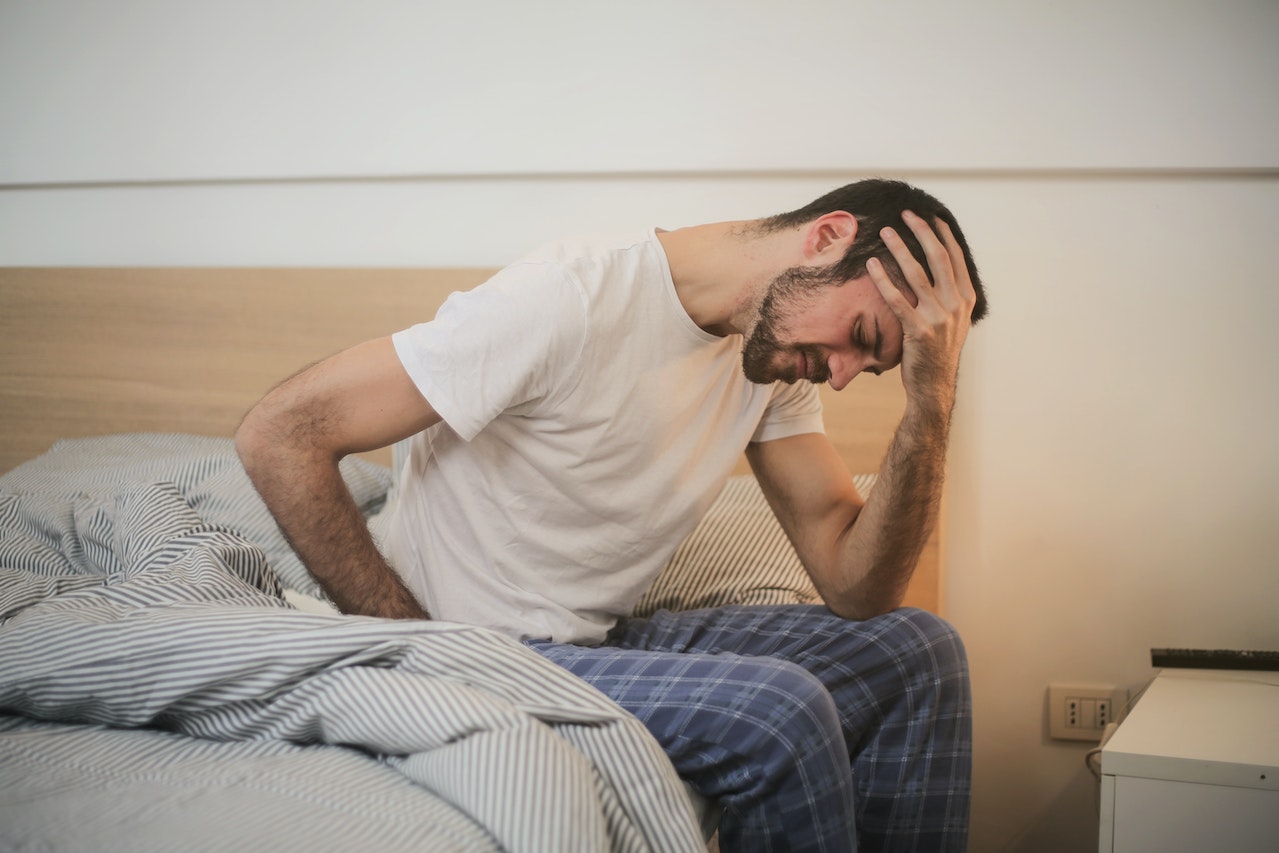Body Care 101: Everything You Must Know about Low Back Pain
Many people suffer from various chronic conditions that affect their quality of life. One perfect example is low back pain, affecting more than 60 million Americans alone. Even worse, while it’s treatable, it’s not always possible, especially if the pain is caused by neurological means.
Neurological lower back pain is pain that originates in the nervous system. This means that it’s not always possible to treat the pain as easily as other types of back pain since it doesn’t originate within the spine. Because of this, treatment can also be complicated and depending on the underlying cause, and it may also be quite costly. For this reason, one must be aware of what causes lower back pain, neurological or otherwise. We’ll discuss them in this article, so read on below to get started.
Causes of Back Pain
Some of the most common causes of back pain include:
- Trauma or injury to the painful area.
- Strenuous activities.
- Improper use, such as incorrect lifting techniques.
- Degeneration of vertebrae that’s possibly caused by reduced back muscle tone that helps support the spine.
- Since excess weight will put extra pressure on the spine and discs, body weight is a significant cause.
- Herniated discs.
- Neuropathy.
- Spinal stenosis.
Neurological Causes of Chronic Lower Back Pain
The nervous system is a complex network that runs throughout the body, controlling our significant functions ranging from breathing, muscle movement, and even digestion. The spine, however, plays an equally important role when it comes to maintaining a functional nervous system. It acts as a mobile bridge, transferring messages and signals between the brain and other body parts.
Because of this, it’s entirely possible to experience lower back pain due to neurological causes. It’s important to understand that there are two primary types of neurological causes related to back pain: spinal cord injuries that affect the brain or abnormalities in the nerve roots housed in the spinal canal.
The spinal cord is protected within the spine, so it can’t be physically damaged. However, since the spinal cord can become compressed or damaged in other ways, other conditions can also cause back pain.
Possible Treatment Options
For neurological back pain, it’s best to see a neurologist who can help devise a diagnosis and recommend a course of treatment. You should also keep in mind that not all medical plans typically cover the cost of going to a neurologist, so ensure that you ask about this before your appointment.
Several possible treatments for neurological back pain include medication, spinal cord stimulators, interventional procedures, and even spinal cord and nerve decompression surgery. Of course, your neurologist will be able to determine the best possible course of treatment, but it’s essential to understand that there are many options available to you.
Preventing Back Pain
To prevent back pain, you can take the following steps:
Maintain Proper Posture
Proper posture is one of the best things you can do to prevent back pain. This includes sitting with your back relatively straight, your shoulders relaxed, and your head up while seated. It’s also important to avoid sitting or standing in the same position for an extended period. Instead, be sure to shift your weight frequently and use a backrest if possible.
Exercise
Regular exercise also helps prevent back pain because it helps strengthen the muscles in the back and core, allowing better support for the spine. However, it’s equally important to avoid overly exerting yourself when exercising, as this can cause more stress on the back and lead to pain. It’s best to stick to low-impact exercises that don’t overwork the back, such as swimming and biking, and be sure to warm up before exercising to help loosen and stretch your muscles.
Use Proper Lifting Forms
Improper lifting can cause back pain, but so can proper lifting. Always make sure you’re lifting with the appropriate form. Never bend at the waist when lifting something, and make sure to lift evenly with your hips, knees, and shoulders. Never twist or turn when lifting, and keep an even load on both sides of your body. Also, always lift with your legs, not your back.
Conclusion
Lower back pain is a common yet complex problem caused by several factors, including neurological causes. If you’re suffering from chronic back pain, be sure to discuss the underlying cause of the pain with your doctor. Many treatments are available, so you don’t have to suffer in silence.
If you’re looking for help with chronic back pain, Rhythmic Health has got you covered! We provide comprehensive solutions through our online resources and recommendations on what you can do to ease the pain. Simply go to our website to get started!









